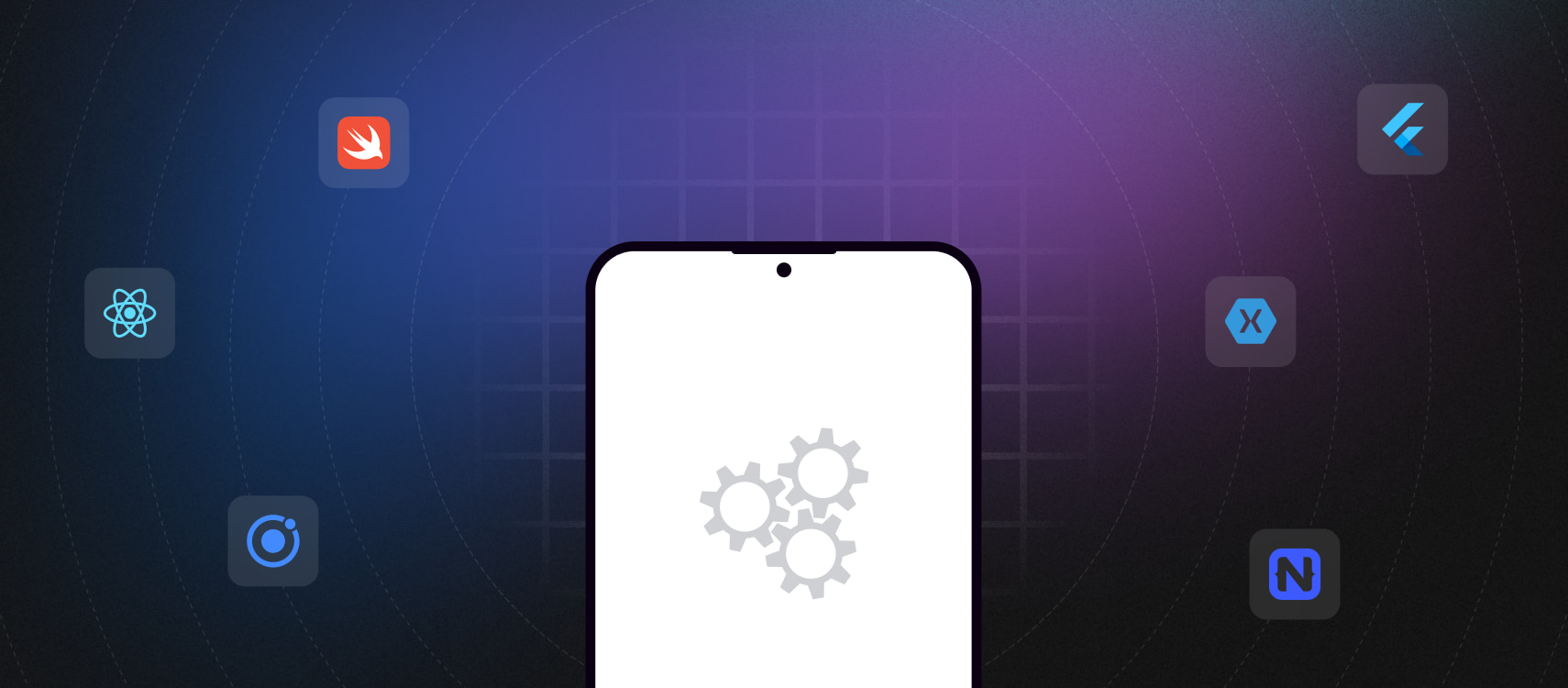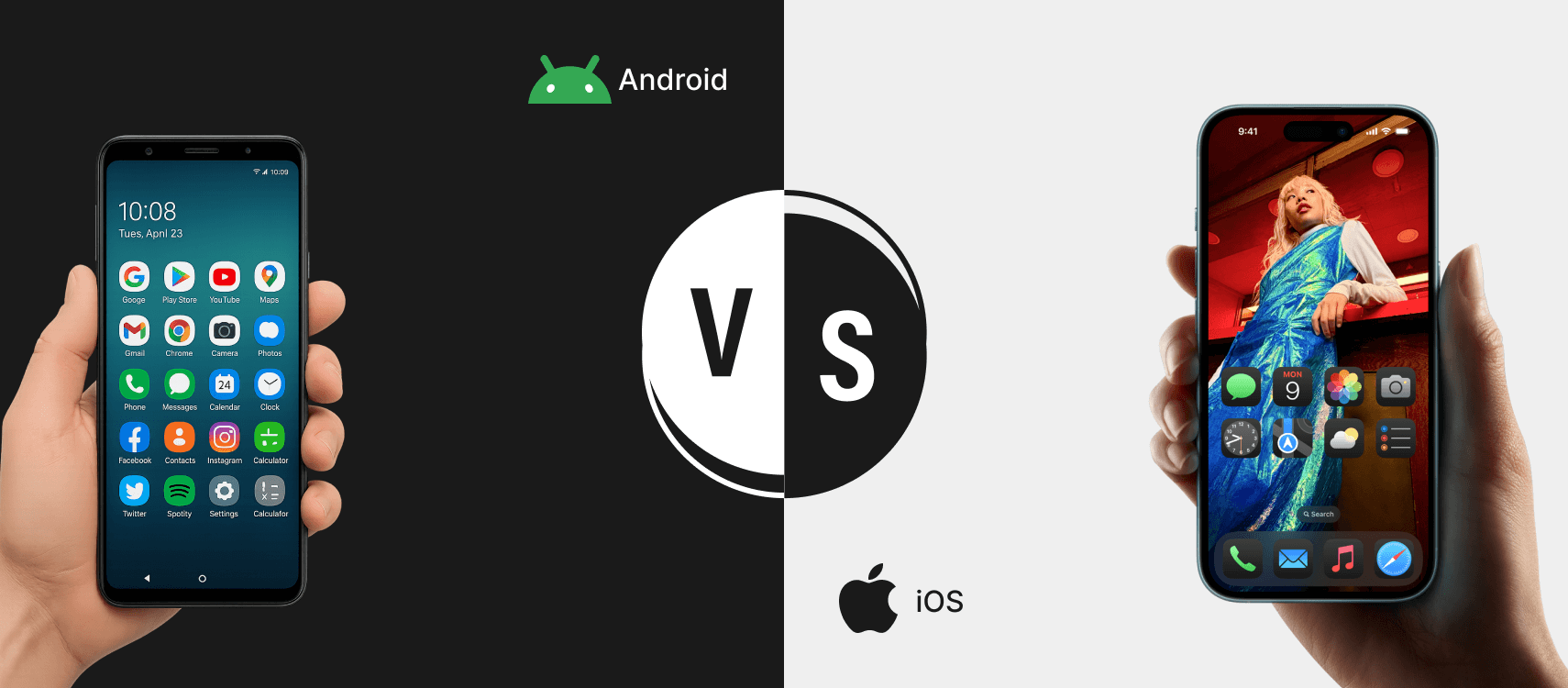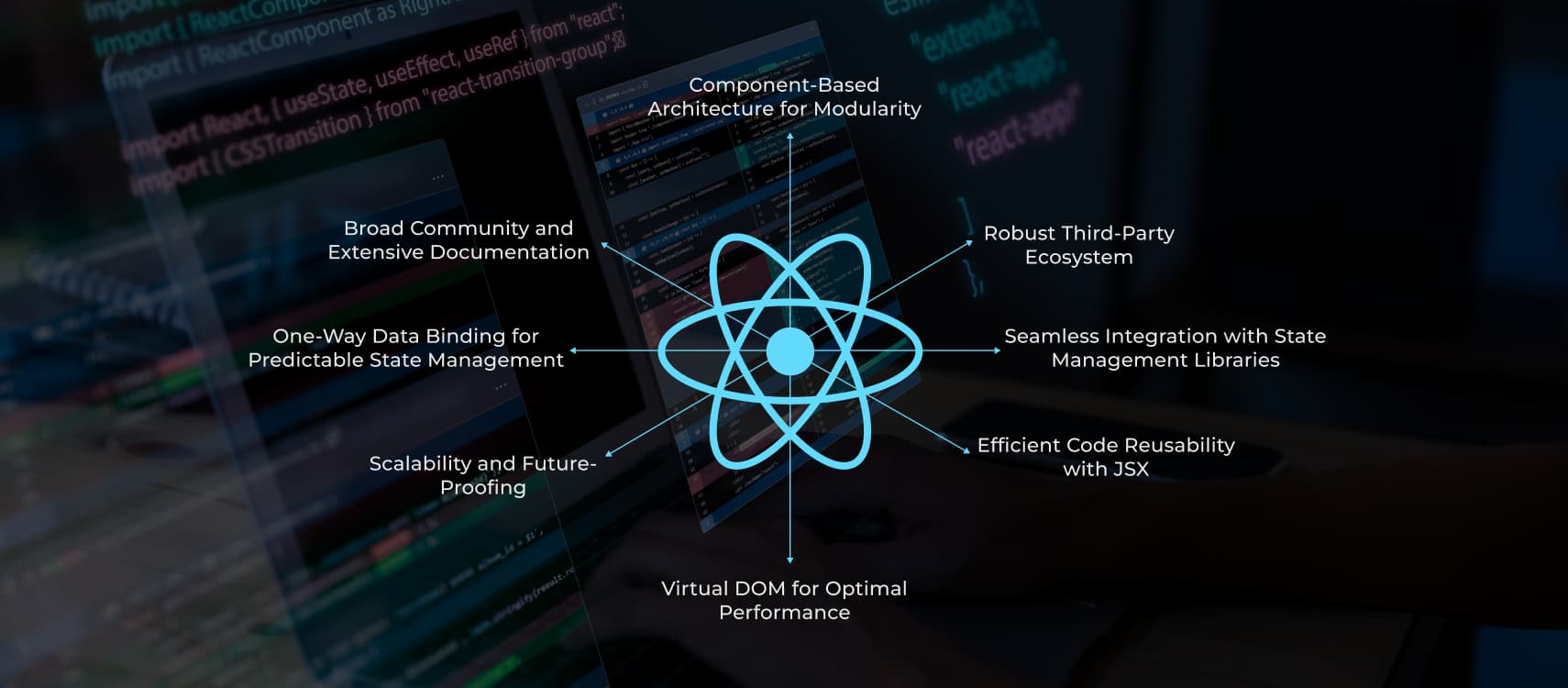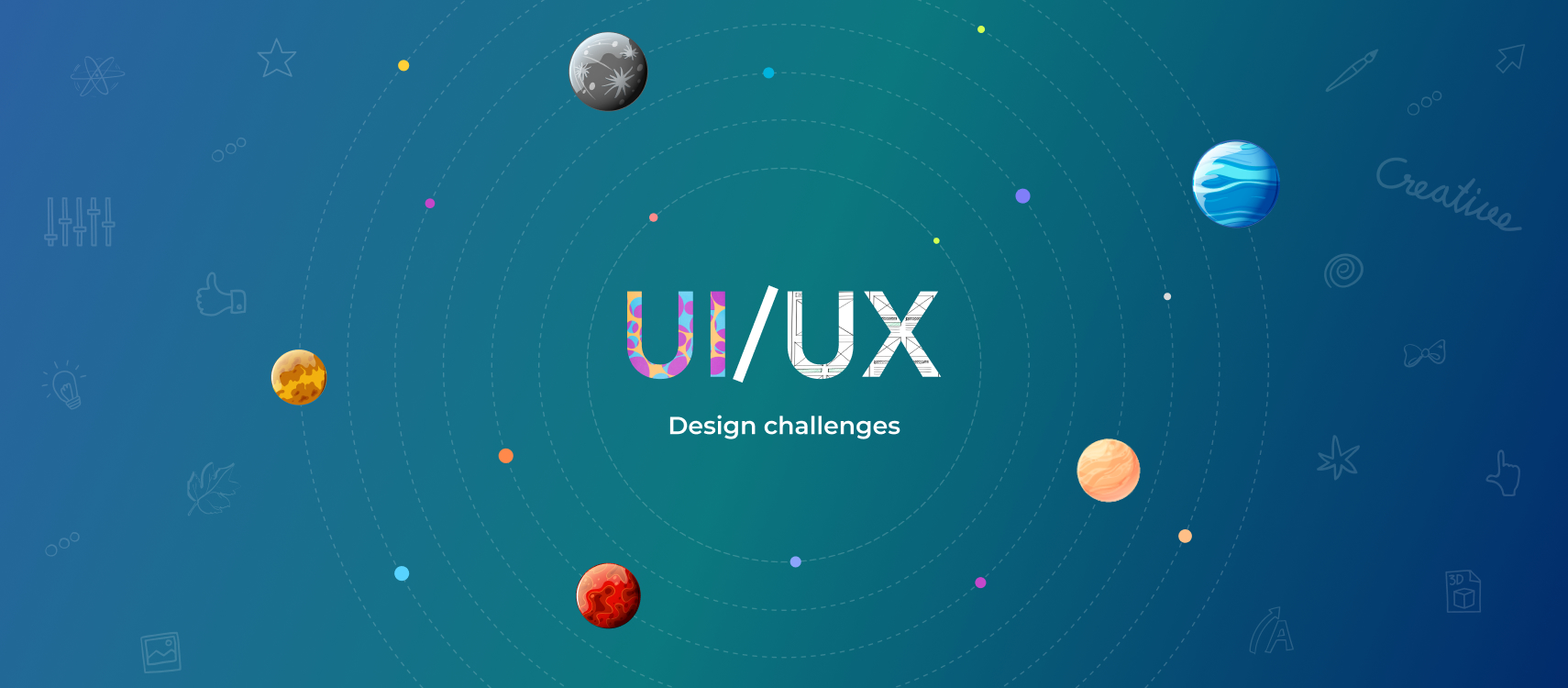Table of Contents
- React Native
- Flutter
- SwiftUI
- Ionic
- Xamarin
- NativeScript
- Takeaway Points
The mobile app development industry has witnessed a tremendous surge in recent years, and as technology continues to advance, businesses and mobile app development services are seeking more efficient and powerful solutions to build robust applications. In 2024, app developers have a plethora of frameworks to choose from, each offering unique features and capabilities.
Let us go into details of some of the leading mobile app development frameworks in this blog post along with their respective pros, cons, and ideal use cases.
React Native
React Native is one of the most popular and widely used mobile app development frameworks. Developed by Facebook, it allows developers to build cross-platform applications using a single codebase. At the core of React Native app development there is React, a popular JavaScript library for building user interfaces, to create native-like experiences for both iOS and Android platforms.
Pros
-
Limited Native Capabilities:
Code reusability across platforms reduces development time and costs.
-
Native Performance:
React Native apps offer excellent performance as they run on native components.
-
Vast Community:
A large community of developers provides extensive support and a wide range of libraries and plugins.
-
Live Reloading:
Real-time code changes are reflected instantly, simplifying the debugging process.
Cons
-
Limited Native Capabilities:
Some advanced platform-specific features might require custom native modules.
-
Third-Party Dependencies:
Relying heavily on third-party modules can lead to compatibility issues.
-
Performance Bottlenecks:
Complex apps might face performance issues due to the bridge connecting JavaScript and native code.
Use Cases
- Social Media Apps
- E-Commerce Applications
- News and Content Delivery Apps
Flutter
Flutter app development has rapidly gained popularity as a top choice for mobile app projects. It is an open-source UI software development kit that enables developers to create high-performance, natively compiled applications for mobile, web, and desktop from a single codebase.
Flutter app development services mostly cite wider platform support including desktop and web and its UI widgets as the main reason to embrace Flutter.
Pros
-
Fast Development:
Hot reload feature allows for instant changes and accelerates the development process.
-
Eye-Catching UI:
Flutter’s modular UI widgets allow shaping visually appealing user interfaces.
-
Native Performance:
Flutter apps compile directly to native machine code, resulting in high performance.
-
Expressive Animation:
Flutter provides an easy-to-use animation library to create smooth and interactive animations.
Cons
-
Large App Size:
The compiled Flutter app size can be larger compared to native applications.
-
Limited Libraries:
Some niche libraries may not be available for Flutter due to its relatively young ecosystem.
-
Platform Limitations:
Occasional delays in supporting the latest OS features of iOS and Android.
Use Cases
- Gaming Apps
- Multimedia Applications
- Financial and Banking Applications
SwiftUI
SwiftUI is a modern user interface framework developed by Apple for iOS mobile app development and for building macOS, watchOS, and tvOS applications. It allows developers to create declarative user interfaces using Swift programming language, enabling a seamless integration with other Apple frameworks.
Pros
-
Native Integration:
SwiftUI seamlessly integrates with other Apple frameworks, providing access to native features and capabilities.
-
Declarative Syntax:
SwiftUI’s declarative approach simplifies UI development and reduces boilerplate code.
-
Real-time Preview:
SwiftUI offers a live preview feature, enabling developers to see the changes instantly.
-
Cross-Platform:
SwiftUI supports multiple Apple platforms, allowing code sharing across iOS, macOS, watchOS, and tvOS apps.
Cons
-
Platform Limitations:
SwiftUI is exclusive to Apple platforms and cannot be used for
cross-platform development. -
Learning Curve:
Developers familiar with UIKit may need to learn new concepts and syntax to use SwiftUI effectively.
-
Limited Availability:
SwiftUI is only available on newer iOS, macOS, watchOS, and tvOS versions, limiting its reach to older devices.
Use Cases
- Native Apple Ecosystem Apps
- Interactive Widgets and Interfaces
- Media and Entertainment Applications
Ionic
Ionic is a popular framework for hybrid mobile app development. It is based on web technologies such as HTML, CSS, and JavaScript and offers the ability to build cross-platform applications that run on iOS, Android, and the web.
Pros
-
Rapid Development:
Leveraging web technologies results in faster
development cycles. -
Cross-Platform Compatibility:
Code once and deploy on multiple platforms, saving time and effort.
-
Extensive UI Components:
Ionic offers a range of pre-designed UI components for faster and consistent app development.
-
Cordova Plugins:
Access to Cordova plugins enables integration with native device features.
Cons
-
Performance Limitations:
Hybrid apps may face performance issues, especially with heavy computations.
-
Limited Native Capabilities:
Access to advanced native device features may require additional native coding.
-
Dependent on Web Views:
Reliance on web views can result in slower app rendering.
Use Cases
- Simple Utility Apps
- Content-Based Applications
- Internal Enterprise Applications
Xamarin
Xamarin, now a part of Microsoft, is a powerful framework for cross-platform app development using C#. Xamarin mobile app development allows sharing a significant portion of code across iOS and Android platforms while still maintaining native app experiences.
Pros
-
Native Performance:
Xamarin apps are compiled into native code, offering excellent performance.
-
Code Sharing:
Sharing code between platforms reduces development time and effort.
-
Easy to Connect Native APIs:
Xamarin makes it easier for developers to connect APIs and platform-specific features, ensuring a native experience.
-
Robust IDE:
Visual Studio provides a robust and feature-rich integrated development environment.
Cons
-
Large App Size:
The size of Xamarin apps can be larger compared to fully native applications.
-
Learning Curve:
Developers need to learn C# and Xamarin-specific concepts, which may take time for beginners.
-
Licensing Costs:
Xamarin’s enterprise features come with licensing costs, which may not be suitable for small projects.
Use Cases
- Business and Productivity Apps
- Healthcare Applications
- Utility Tools
NativeScript
NativeScript is an open-source framework that enables developers to build native mobile apps using JavaScript, TypeScript, or Angular. It provides direct access to native APIs, allowing for seamless integration with native features.
Pros
-
Native Performance:
NativeScript apps run directly on the device, ensuring high performance.
-
Access to Native APIs:
Developers can utilize platform-specific capabilities without restrictions.
-
Robust Community:
A growing community offers extensive support and resources.
-
Angular Integration:
NativeScript allows developers to build apps using Angular, a popular JavaScript framework.
Cons
-
Plugin Compatibility:
Some plugins might be less actively maintained or have limited documentation.
-
Learning Curve:
Familiarity with native APIs and NativeScript concepts is necessary for optimal usage.
-
Smaller Ecosystem:
Compared to other frameworks, NativeScript has a relatively smaller ecosystem.
Use Cases
- IoT and Connected Devices Apps
- Location-Based Applications
- Enterprise Mobility Solutions
Takeaway Points
The mobile app development landscape in 2024 offers a variety of frameworks, each with its strengths and weaknesses. The choice of the best framework depends on the specific requirements of the project, the development team’s expertise, and the desired user experience.
Whether it’s building a simple utility app or a complex enterprise solution, these frameworks provide the tools and capabilities needed to bring innovative mobile applications to life in 2024 and beyond..










